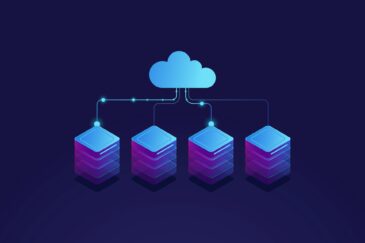Checklist for NetSuite Implementation

- August 24, 2022
- Jhansi Rani
- 0
- Engage
Oracle NetSuite ERP implementation requires parties and the engagement of those parties to figure out the initial strategy for the implementation. Here project managers, Project steering committee members, the Implementation team, management from both client side and the product end side are involved. This includes kick-off calls and finalizing project budgets, timelines, and change management plans.
- Drive
Oracle NetSuite ERP solution requires building actionable deployment plans, including NetSuite Implementation Cost. Some significant customizations necessary for the business are supervised. The training plans are also defined for business users. Requirements related to customization of any level are discussed under this phase. In this phase, the cloud application’s licensing is taken care.
- Enable
The installations of any custom solutions or any records are personalized for the business in NetSuite accounting software. This phase defines the data migration of critical data into production—the approach and timeline for it. It also encompasses testing of solutions described against the business requirements—this is the pre-stage of a Go-live.
- Convert
This is the final stage of NetSuite accounting software where we review if the respective setup and configuration have been completed successfully. Then, we transfer the ownership of the system to the customer.
Following are some of the deep-dive into the implementation process. These steps are highly crucial in ERP implementation. These have to be performed in similar phases.
Requirement Gathering
The implementation team, the business users from each process area, and the management come together to document and examine the current condition of business processes to identify common problems and unnecessary efforts. The business also defines its issues on the ongoing business, and possible analysis of the design solutions are discussed in this phase. The kick-off call and recurring status calls are also defined during the project deployment phases. The project sponsor, Project manager, Steering committee, and the team are also established in this phase.
Pre-Configuration
In this phase, the implementation team, based on the requirements gathered from their initial workshop with the business users, will configure the master and transactional data into a sandbox environment. This can be a combination of dummy and actual data provided for each process from the customers. The basic setup of the business account is done. The configuration of bundles with layouts specific to the industry and the customer preference are completed.
Training and Walkthroughs
The implementation team also provides end-user training to ensure they sync up on any customizations relating to the form or record and encourage adoption and ownership.
User acceptance testing
Initiate tests for all interfaces with user data to clearly understand processes. It also consists of acceptance and validation to assure that all functions and user groups perform as planned. In order to address any challenges encountered throughout the testing process, business users can register them during this step. The tickets are logged and tracked for audit purposes as well.
Data-Migration
This is the final iteration for Go-live. The data provided is the final static data for migration according to the format of the NetSuite-defined template. It is of utmost importance that the data provided by the business to the implementation team is sanitized for accuracy and completeness. It should stay up to date, with no duplicates or errors. Initiate data mapping so data can flow freely between departments and business segments for pending testing and go-live tasks.
Deployment and Transfer of ownership
Post-Implementation support
Transition to the post-implementation support teams. This is to maintain ongoing maintenance and support of software through users. The initial stage of post-implementation involves evaluating the project through KPI improvements.
NetSuite with Rite Software
- RiteSoftware will work closely with the business throughout the project lifecycle, encompassing tailor-made solutions for your business.
- We understand your unique business requirements and will work on customizations, workflows, and managing integrations.
- We also offer-tailor made solutions that fit your complex business requirements.
- On-time delivery and connected status reporting methods to ensure the customer is updated on the implementation timeline.

Services
Products
Company
Copyright © 2024 Rite Software Solutions & Services LLP. All rights reserved.



